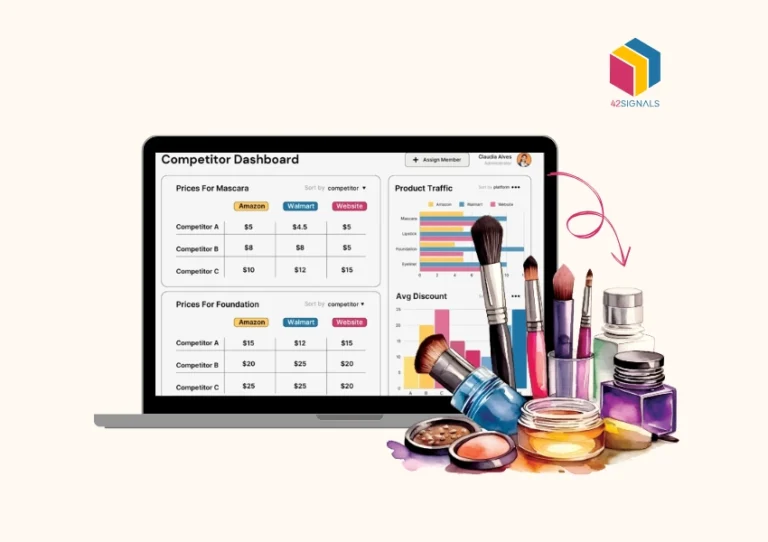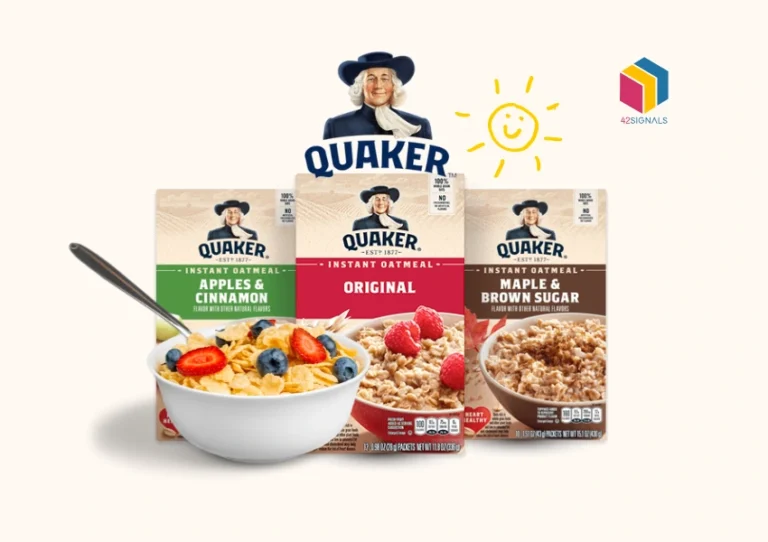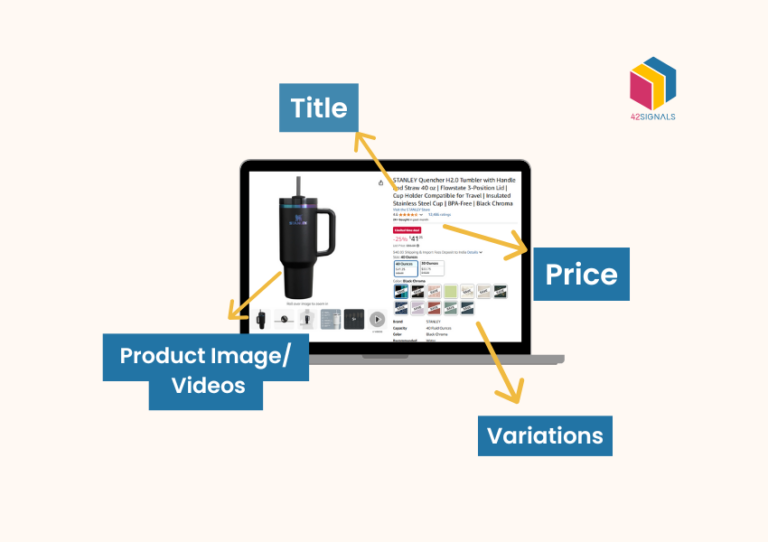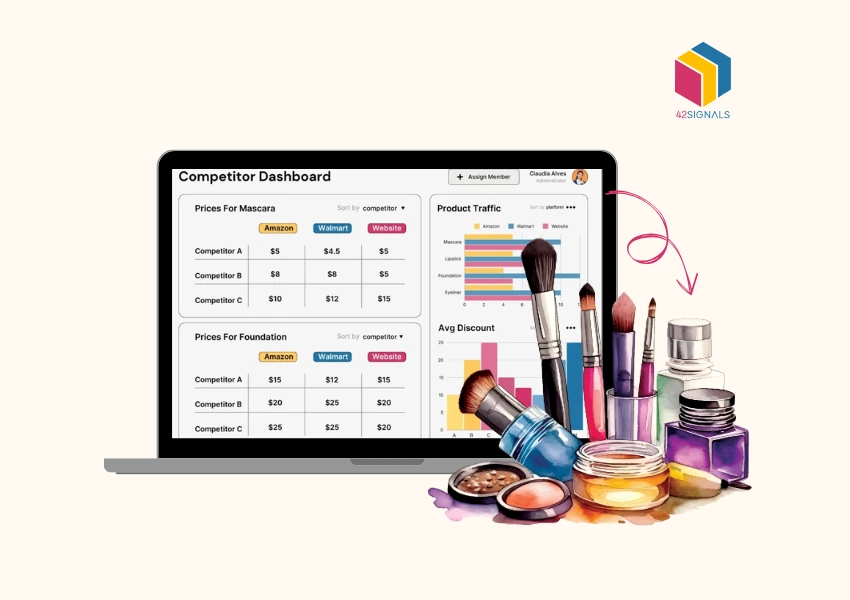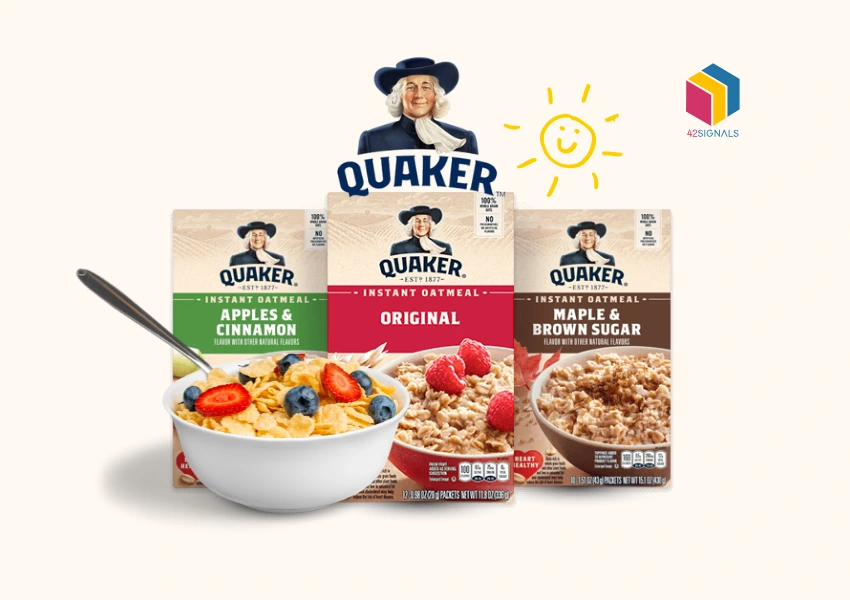In 2023, Stanley, a 110-year-old brand once synonymous with rugged outdoor gear, pulled off a marketing miracle. Its iconic Stanley Cup—no, not the NHL trophy—became a viral sensation, transforming from a humble insulated tumbler into a cultural phenomenon and a top-selling Amazon home goods item.
The brand’s strategic pivot offers an e-commerce masterclass in adapting to modern consumer behavior, leveraging social media, and dominating digital marketplaces. Here’s what businesses can learn from Stanley’s unexpected reign.
The Stanley Cup —From Humble Beginnings to Cultural Icon
Stanley’s story begins in 1913 when inventor William Stanley Jr. patented the first all-steel vacuum bottle, revolutionizing portable food and drink storage.
For decades, the brand catered to blue-collar workers, adventurers, and military personnel. Its products became staples on construction sites and in WWII ration kits, celebrated for their indestructibility.

Image Source: Stanley 1913 EU
However, by the 2010s, Stanley faced stagnation. Competitors like Yeti and Hydro Flask had captured the premium drinkware market, leaving the brand pigeonholed as a relic of the past.
The turning point came in 2020, when Stanley’s leadership recognized an opportunity to reposition its flagship product: the Quencher H2.0 FlowState Tumbler.
Originally designed for truck drivers, the tumbler’s 40-ounce capacity, ergonomic handle, and leak-proof design were functional—but lacked the aesthetic appeal demanded by modern consumers.
By collaborating with influencers and redesigning the Quencher in trendy pastels and metallics, Stanley transformed it into a lifestyle accessory. This pivot wasn’t just about colors; it was about redefining the brand’s identity.
From Utility to Status Symbol: Reinventing a Legacy Product
Stanley’s success hinges on its ability to blend nostalgia with innovation. Here’s how the brand reengineered its product and messaging:

Image Source: The New York Times
Design-Driven Strategy
The Quencher’s redesign focused on aesthetics without compromising functionality. Features like a tapered shape (to fit car cup holders), a reusable straw, and a wide mouth for ice cubes catered to everyday use. But it was the bold color palette—think “Sage Green” and “Rose Quartz”—that turned the tumbler into a collectible. Limited-edition drops, such as holiday-themed cups or collaborations with brands like Starbucks, created urgency and exclusivity.
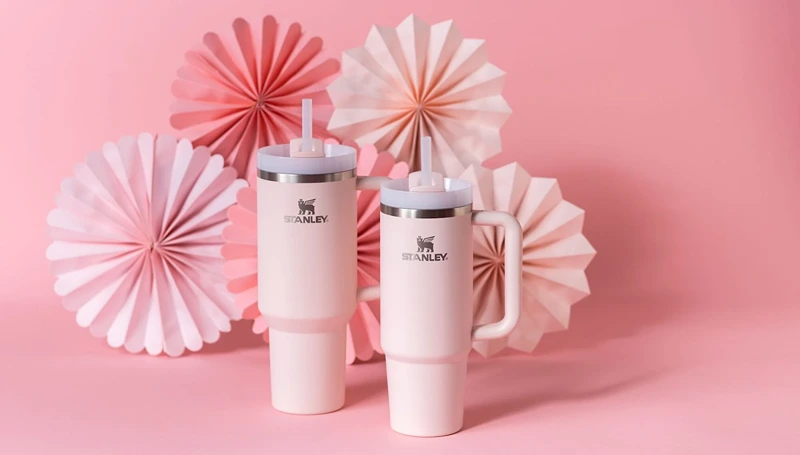
Image Source: Stanley Australia
Tapping into Cultural Trends
Stanley aligned with two major movements: wellness and sustainability. The #WaterTok trend, where users share flavored water recipes, positioned the Quencher as a hydration companion. Meanwhile, its stainless steel, BPA-free construction appealed to eco-conscious buyers. By framing the tumbler as a tool for self-care, Stanley transcended its utilitarian roots.
The Power of Nostalgia
Leveraging its heritage, Stanley emphasized its “Built for Life” guarantee—a nod to its reputation for durability. Viral videos of tumblers surviving car fires and falls from rooftops reinforced this legacy, blending old-school reliability with new-age virality.
The E-commerce Masterclass: Social Proof, Scarcity, and Seamless Shopping
Stanley’s digital strategy hinged on three pillars:
Leveraging User-Generated Content (UGC)
TikTok played a starring role. Videos of users collecting rainbow arrays of cups, testing their durability (even surviving car fires!), and showcasing customizations went viral. Stanley amplified this organic buzz by collaborating with micro-influencers, mommy bloggers, and fitness enthusiasts, turning customers into brand ambassadors.
Creating Scarcity and FOMO
Limited-edition drops, like Valentine’s Day pink or Starbucks collaborations, drove urgency. When a Target-exclusive release sold out in minutes, resellers listed cups for triple the price on eBay, further fueling hype.

Image Source: USA Today
Optimizing for Amazon
Stanley positioned its tumbler as a popular Amazon home goods item by mastering the platform’s algorithms. High-quality images, keyword-rich descriptions (e.g., “insulated,” “BPA-free,” and “40 oz”), and encouraging reviews ensured visibility.
The brand also utilized Amazon’s Fulfillment by Amazon (FBA) service for fast shipping, capitalizing on Prime members’ preference for convenience.
Overcoming Challenges—Supply Chain, Counterfeits, and Market Saturation
Stanley’s rise wasn’t without hurdles:
Supply Chain Struggles: Viral demand led to stockouts, frustrating customers. The brand responded by ramping up production and diversifying suppliers.
Counterfeit Products: Knockoff Stanley cups flooded Amazon and TikTok shops. To combat this, Stanley invested in authentication guides and partnered with Amazon to report counterfeit listings.
Staying Ahead of Competitors: As competitors mimicked Stanley’s strategies, the brand doubled down on innovation. New releases, like the “IceFlow” tumbler with a built-in ice paddle, kept the product lineup fresh.
The Amazon Advantage: From Niche to Household Name
Stanley’s partnership with Amazon wasn’t just about sales—it was about credibility. Appearing in “Best Sellers” lists and recommendation widgets introduced the brand to millions of casual shoppers.

Image Source: Amazon
The tumbler’s 4.8-star rating (with over 100,000 reviews) became social proof, easing purchase decisions. Additionally, Stanley used Amazon’s data analytics to track trends, adjust pricing, and forecast demand, ensuring inventory never lagged behind virality.
Key Takeaways for Brands
- Adapt or Become Irrelevant
Legacy brands must evolve without erasing their heritage. Stanley’s pivot from work sites to TikTok feeds shows how to balance tradition with trendiness.
- Community > Advertising
Stanley spent minimally on traditional ads. Instead, it fostered a passionate community. Fans didn’t just buy a cup—they joined a movement centered around hydration, sustainability, and self-expression.
- Master Multi-Channel Sales
While DTC sites offer higher margins, platforms like Amazon provide unmatched reach. Stanley’s hybrid strategy—driving hype via social media and converting sales via Amazon—is replicable for brands in competitive niches.
- Scarcity Needs Strategy
Limited editions drive demand, but overuse can alienate customers. Stanley’s timed drops (e.g., holiday themes) maintained excitement without feeling exploitative.
- Data Is Non-Negotiable
Real-time analytics allowed Stanley to stay agile. Monitoring social sentiment, inventory levels, and competitor pricing ensured the brand stayed ahead.
The Bottom Line on the Stanley Cup
Stanley’s e-commerce takeover is more than a luck-driven fluke—it’s a blueprint for legacy brands seeking relevance in the digital age. By blending nostalgia with innovation, harnessing the power of social proof, and dominating platforms like Amazon, the brand turned a simple tumbler into a $750 million annual revenue driver.
In an era where virality is currency, Stanley’s playbook offers timeless lessons: Listen to your audience, lean into trends, and never underestimate the power of a well-designed cup.
As e-commerce continues to evolve, Stanley’s story reminds us that even century-old brands can write new chapters—one viral post, one five-star review, and one perfectly timed Amazon drop at a time.
Read Other Brand Articles
Tru Fru’s Frozen Fruit Success: How Data Analytics Fueled Their Growth
NotCo’s Vegan Revolution: How Data-Driven Strategies Are Disrupting the Food Industry
Costco’s Success Secrets: What Retailers Can Learn from the Membership Giant
The Story Behind Kraft Heinz: An American Company Worth Over $36 Billion
The Journey of Lindt to Becoming and Staying the Top Chocolatier in the World

